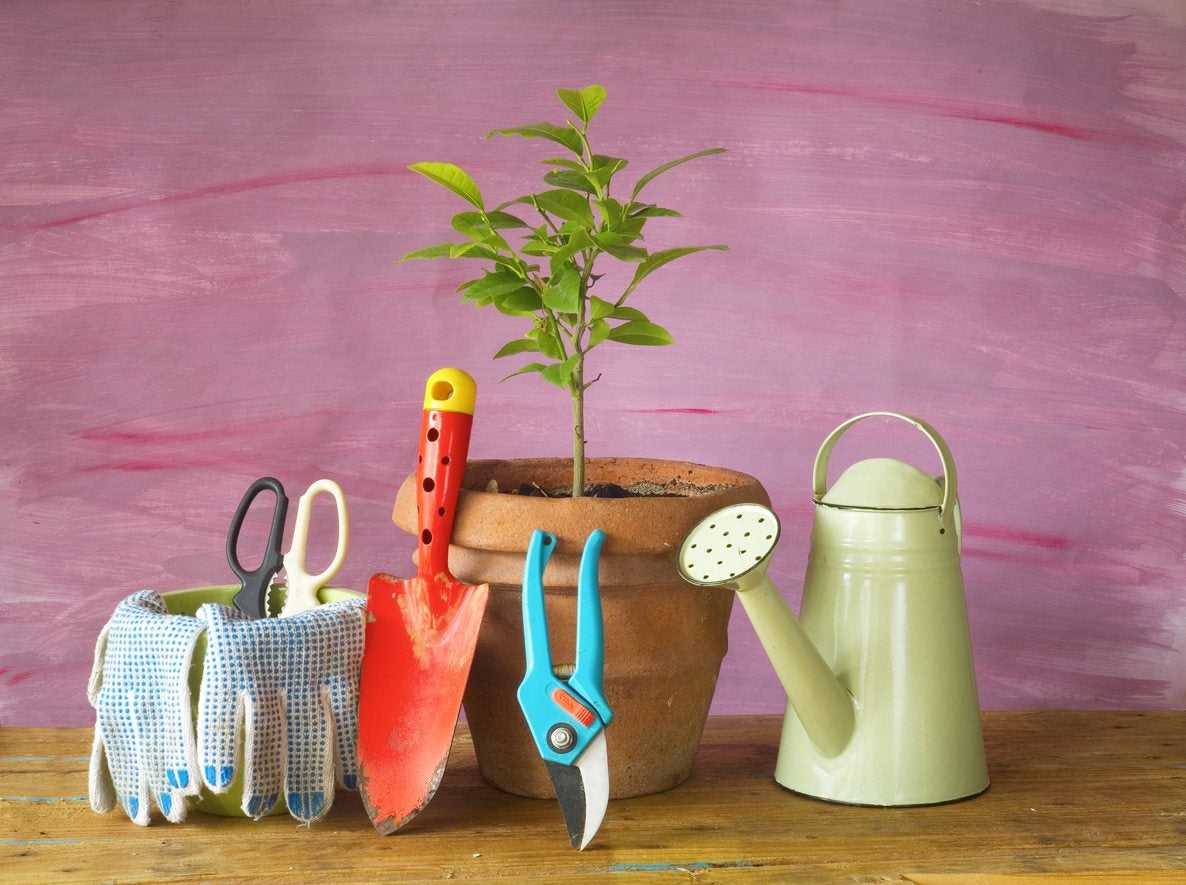
Growing your own lemon tree is possible even if you don’t live in Florida. Just grow the lemon in a container. Container growing makes it possible to have fresh lemons in almost any climate. Lemon trees grown in pots do eventually outgrow their containers. When do you repot lemon trees? Read on to find out when the best time to repot lemon trees is as well as how to repot a lemon tree.
When Do You Repot Lemon Trees?
If you have been vigilant about watering and fertilizing your container grown lemon tree but the leaves are dropping or browning and there is evidence of twig dieback, you might want to think about repotting the lemon tree.
Another sure sign that you need to repot is if you see the roots growing out of the drainage holes. A lemon tree will generally need to be repotted every three to four years. At this juncture, you have two options. You can transplant the tree into a larger container or lift it out, prune the roots, and repot it in the same container with fresh soil.
The choice is yours. Remember that the ultimate size of the lemon is directly related to the size of the container, so if you want a larger tree, it’s time to get a bigger pot.
When you have ascertained that you are going to repot rather than prune the roots of the plant, plan to repot in the spring when the tree is gearing up for new growth. When it is actively in its growth phase it will establish more quickly in a new container.
How to Repot a Lemon Tree
There’s no great mystery to repotting lemon trees. Choose a container that is 25% larger than the one it is currently in. Fill the new pot ¼ full with potting soil and water the soil until moist and any excess drains from the drainage holes.
Using a trowel or hori hori, loosen the soil around the root ball and the container. When you feel you have loosened the tree from the pot enough, grasp the tree near the base and lift it out of the container. This is sometimes a two person job, one to hold the tree and one to pull the pot downward.
Sign up for the Gardening Know How newsletter today and receive a free copy of our e-book "How to Grow Delicious Tomatoes".
Check the root system. If there are roots that are encircling the root ball entirely, slice through them with a sterile knife. If you fail to do so, they may constrict the root ball as it grows and kill the tree off.
Set the tree atop the soil in the new pot, adjusting the depth of the soil so the root ball sits a couple inches (5 cm.) beneath the rim of the container. Fill in around the roots with more soil until the tree is potted at the same depth it was in its old pot.
Water the tree thoroughly to allow the soil to settle. If need be, add more soil. That’s it; you’re done and ready to enjoy another few years of fresh-squeezed lemonade made from your very own lemons.

Amy Grant has been gardening for 30 years and writing for 15. A professional chef and caterer, Amy's area of expertise is culinary gardening.
